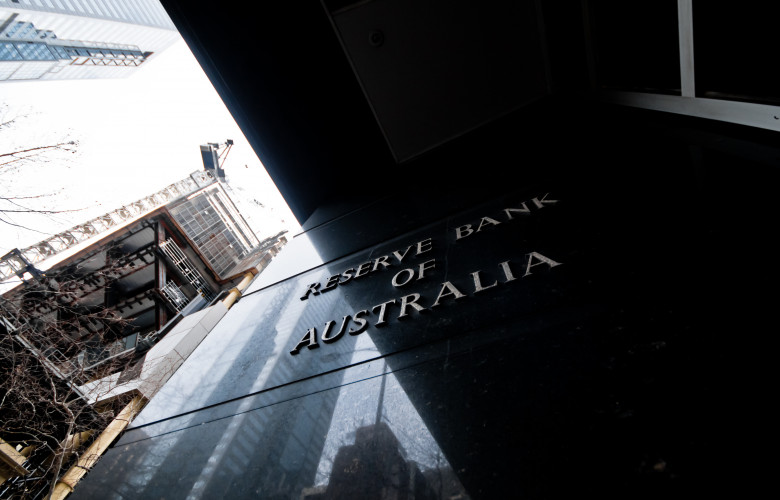Rates expected to be cut in the second half of the year as RBA decides to hold
Contact
Rates expected to be cut in the second half of the year as RBA decides to hold
The Reserve Bank's decision to hold the nation's cash rate at 1.5% was anticipated by many, but experts believe cuts are on their way.
The national cash rate may remain the same for now but will soon head south, according to experts.
The Reserve Bank made the decision to hold the national cash rate at 1.5% on Tuesday, with Governor Phillip Lowe citing "accommodating" global financial conditions and a strong Australian labour market as motivating factors for the call.
The announcement makes it 32 months since the last adjustment to the rate.
At a glance:
- The Reserve Bank has decided to hold the national cash rate at 1.5%.
- Governor Phillip Lowe said Australia's strong labour market was one of the reasons for the decision.
- The last time the cash rate was adjusted was in August, 2016.
CoreLogic analyst Tim Lawless said the consensus from financial markets was that the stalemate could not continue.
"Although the cash rate remains unchanged since August 2016, there is a growing likelihood that the cash rate will move lower later this year," he said.
"While labour markets remain strong, low unemployment and above average jobs growth is generally confined to New South Wales and Victoria.
"Concerns around slowing consumption as the wealth effect reverses, causing households to pull back on spending and revert to saving were likely a central theme of the RBA’s board meeting deliberations."
CoreLogic released its national hedonic index series results for March on Monday, revealing that while the pace of decline has eased off somewhat over the past couple of months, the geographic scope of weak housing market conditions has broadened.
Mr Lawless said it meant the risks of a downturn in consumer spending were heightened.
"With economic growth losing momentum and inflation and wages growth remaining below expectations, there are plenty of reasons why the RBA might have considered a cut to the cash rate on Tuesday," he said.
"We should get a better feel for the RBA’s monetary policy position via the Financial Stability Review, released on April 12, and the Statement on Monetary Policy, released on May 10.
"Chances are we will see some downwards revisions to the RBA’s forecasts for economic growth and inflation which could set the scene for lower rates over the second half of the year."
Election uncertainty
Loan Markets Chairman Sam White told WILLIAMS MEDIA the Reserve Bank's decision reflected the uncertainty that was still in the market in the lead up to the election.
"Only four to five months ago, there were predictions of rate rises and now there are expectations of rate falls," he said.
"I don't know if anyone really does know what the impact of Labor's proposed negative gearing changes is going to be.
"It will be interesting to see whether there is a spike in activity in the lead up to January 1.
"What we are seeing on the ground is that banks are still very tight with lending, despite some loosening since the Royal Commission."
Sign of the times
The most recent data from the Australian Bureau of Statistics revealed that the number of dwelling commitments to owner-occupiers fell 2.6% over January 2019, while Westpac Melbourne Institute Index of Consumer Sentiment revealed the weakest consumer mood since September 2017.
Chief Executive Officer Mortgage Choice Susan Mitchell said today’s strict lending practices, born out of lenders’ self-imposed tightening in the wake of the Banking Royal Commission, continued to play a part in the slowing property market, placing greater importance on the need for future home buyers and borrowers alike to get in shape financially.
“The slowdown in the nation’s economic growth would also be of concern to RBA board members, with recent GDP data revealing a slowdown in growth due in part to declining dwelling investment," she said.
“In the current lending environment, my advice to borrowers would be to speak to a mortgage broker to ensure their home loan applications are as tight as possible. The reality is that lenders are going to call out any and all undeclared living expenses on home loan applications, significantly lengthening the time to approval."
Similar to this:
Big Banks not helping first home buyers
Big four banks lift mortgage interest rates
Improved clearance rates show sellers are adjusting to the market - CoreLogic





